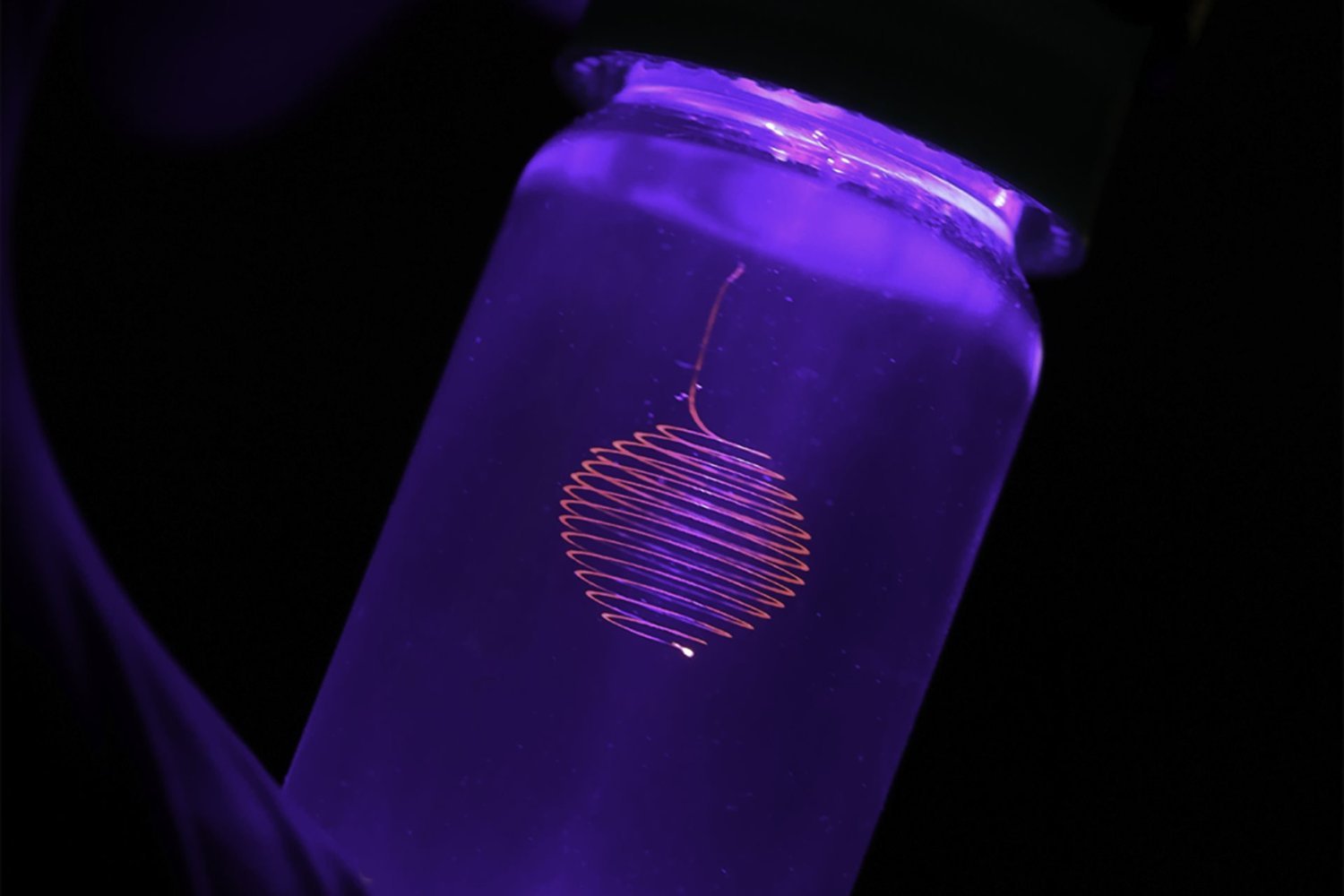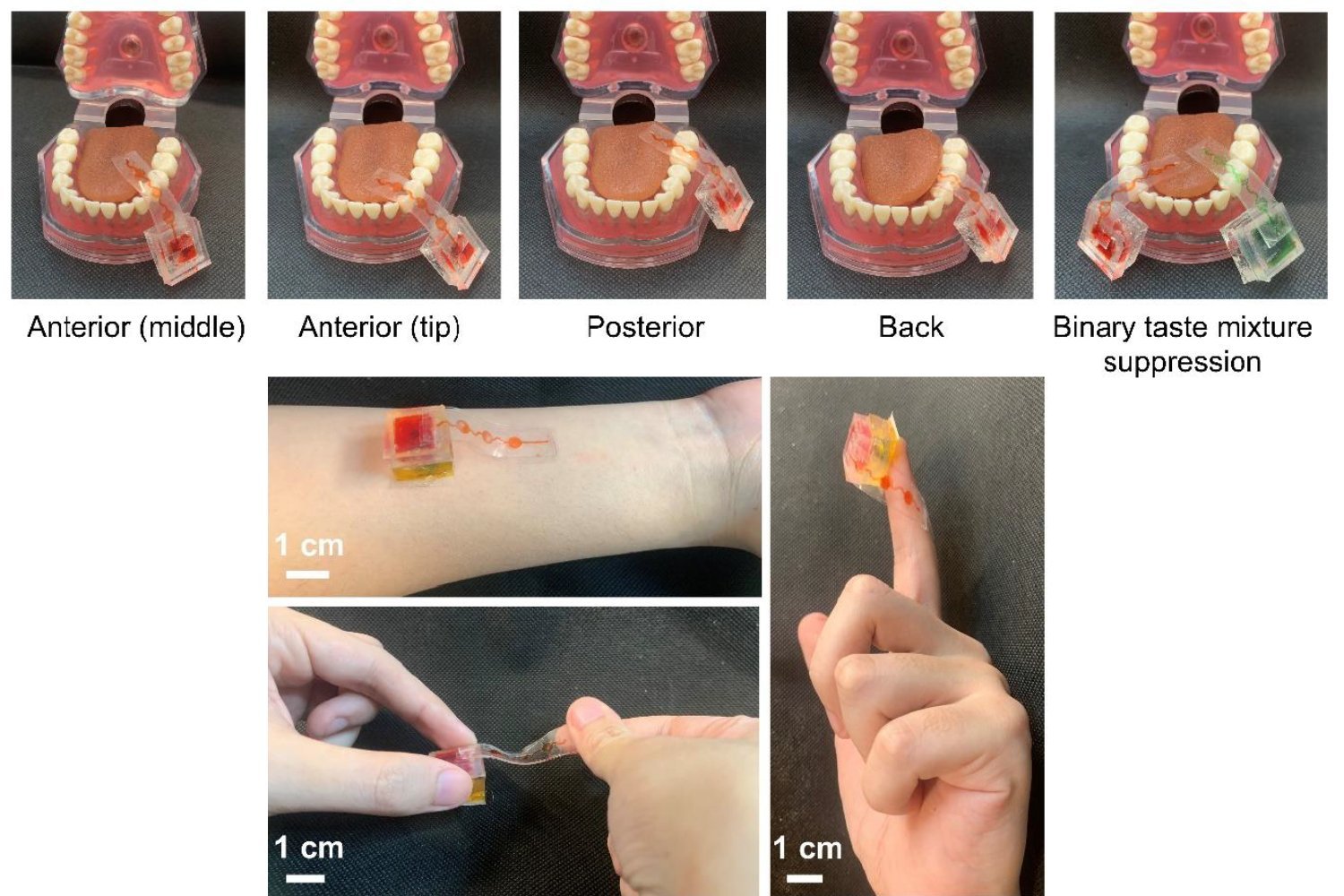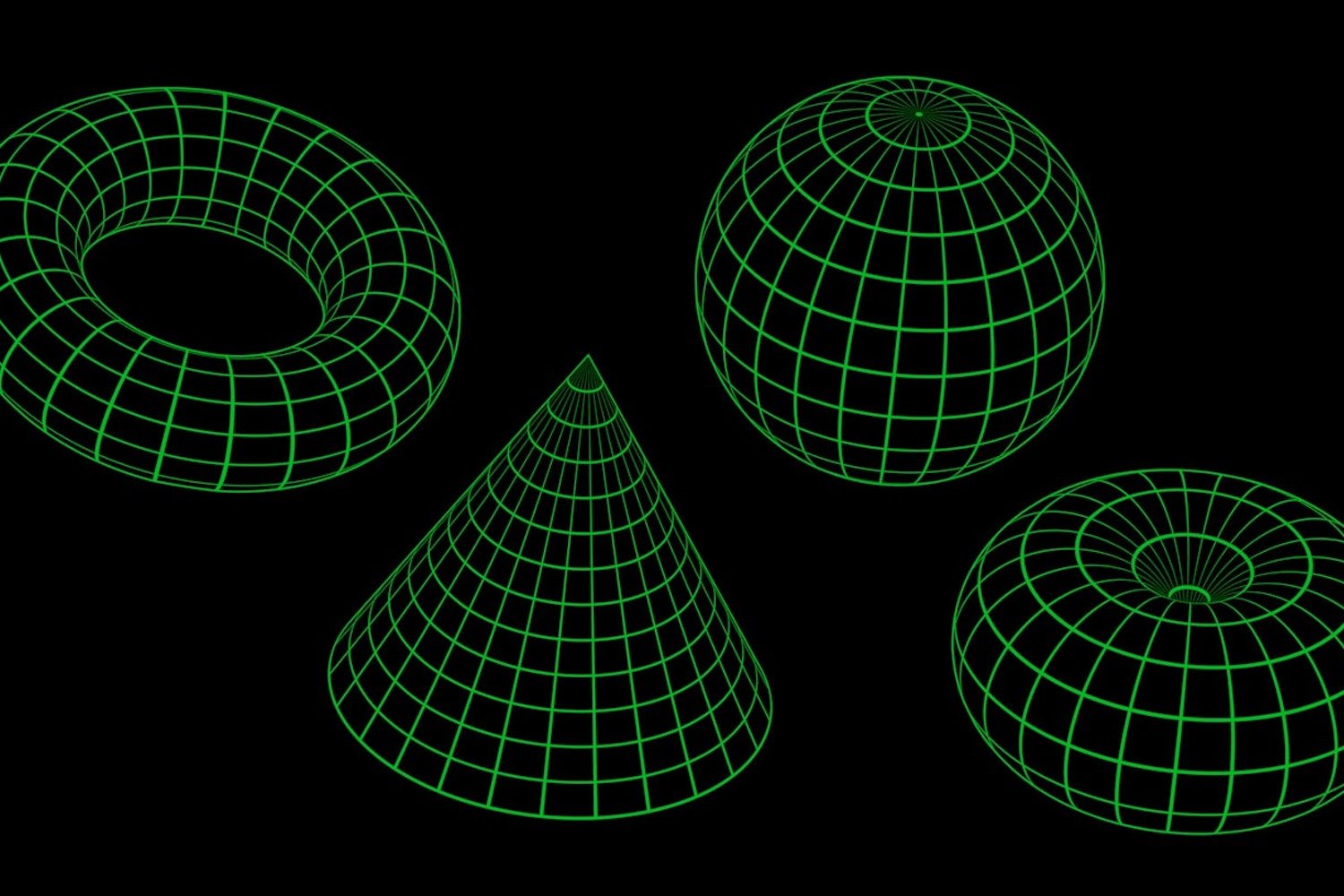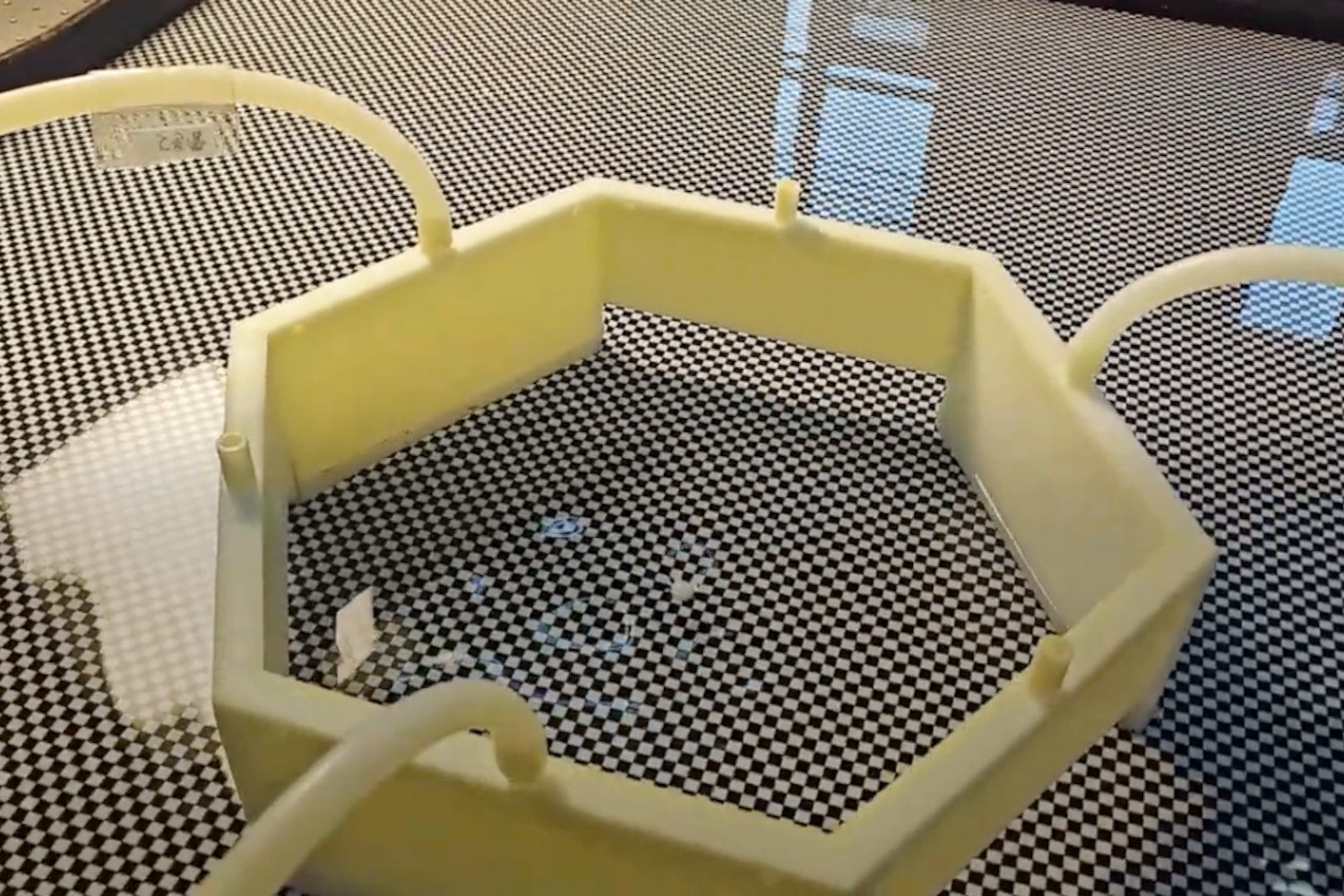Nature has always been a source of inspiration for innovation, from art and architecture to scientific breakthroughs. Now, engineers have taken a cue from the natural world, specifically spider silk and hagfish slime, to create incredibly fine microfibers using cutting-edge 3D printing technology.
A recent study published in Nature Communications details how an international team of researchers achieved a groundbreaking feat in 3D printing: producing soft, ultra-thin microfibers just 1.5 microns thick. This surpasses previous limitations in 3D printing, which struggled to create such delicate structures. “In nature, countless filamentous structures exist with diameters of only a few microns,” explained Mohammad Tanver Hossain, an engineer at the University of Illinois Urbana-Champaign and a participant in the study. “We knew it was theoretically achievable.”
Embedded 3D Printing: A Novel Approach
The key to their success lies in a new technique called embedded printing. Unlike traditional 3D printing, which builds structures layer by layer from the bottom up, embedded printing involves depositing the material within a supportive gel mold. This provides crucial structural support, allowing for the creation of more intricate and delicate designs. However, even with embedded printing, extremely thin structures (under 16 microns) typically fracture during the curing process, where the material hardens.
Overcoming the Curing Challenge
To address this, the team innovated. “We modified both the gel mold and the printing ink so the ink cures immediately upon contact with the gel,” Hossain elaborated. “This rapid solidification prevents the filament from breaking.” This ingenious solution enabled them to print remarkably thin fibers, measuring a mere 1.5 microns in diameter. To put this into perspective, a standard sheet of paper is typically 50 to 200 microns thick.
Mimicking Nature’s Designs: Hagfish Slime as Inspiration
The researchers drew inspiration from the unique defense mechanism of the hagfish, an eel-like marine creature. When threatened, the hagfish releases a fibrous slime composed of microfibers, creating a sticky and formidable barrier. “We used embedded 3D printing to replicate these natural threads,” stated Wonsik Eom, an engineer at Dankook University and a study participant. “Our research revealed that high-resolution embedded 3D printing has the potential to recreate a much broader range of natural structures than initially anticipated.”
Expanding the Possibilities of 3D Printing
This innovative technique opens up a world of possibilities. “Achieving this level of printing resolution provides the technological foundation to replicate nature’s microfibers and hair-like structures, which possess exceptional functionalities,” Eom emphasized. Sameh Tawfick, another engineer at the University of Illinois Urbana-Champaign and co-author of the study, added, “The significance of this method lies in its ability to produce diverse hair-like geometries without the constraints of gravity acting on such delicate structures. This enables the creation of complex 3D hairs with incredibly fine diameters using an ultra-precise 3D printer.”
Conclusion: Learning from Nature’s Ingenuity
While this research demonstrates the incredible potential of bioinspired 3D printing, it also serves as a reminder of nature’s unparalleled ingenuity. This breakthrough paves the way for the development of new materials and technologies with applications in various fields, from medicine and textiles to advanced manufacturing and robotics. By learning from nature’s designs, engineers continue to push the boundaries of what’s possible.











